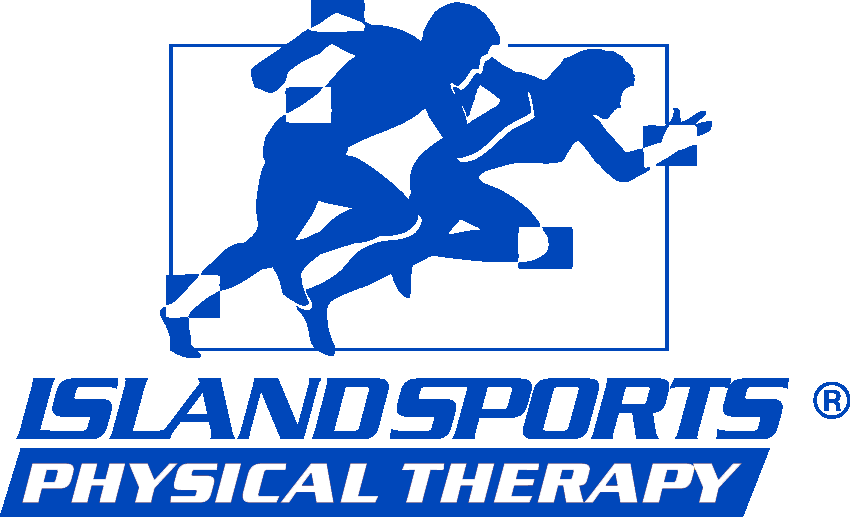Spring Sports Safety: Avoiding Shin Splints When Running This Spring
Avoiding Shin Splints

“Shin splints” refer to pain that arises along the shin bone, located on the front of the lower leg. Shin splints are medically known as medial tibial stress syndrome and occur mostly in athletes with intense training routines, such as runners. Shin splints are commonly seen in the spring season due to many people getting back into their running routines this time of the year. At Island Sports Physical Therapy, we treat various spring sports injuries like shin splints. Continue reading to learn how to avoid shin splints when running this spring.
Symptoms of Shin Splints
Tenderness, soreness, or pain occurs in the inner side of the shinbone when you have shin splints. Swelling in the lower leg may also accompany. The pain may only occur when you are active, but eventually, the pain can become continuous and get progressively worse.
Shin Splints Risk Factors
Shin splints are caused by repetitive stress on the shinbone and the connective tissues. You are more likely to get shin splints if you have/do any of the following:
- You’re a runner.
- You increase the duration, frequency, or intensity of exercise suddenly.
- You run on uneven ground.
- You have flat feet or high arches.
How to Prevent Shin Splints When Running
To prevent getting shin splints when running, follow these precautions:
- Analyze your movement patterns when running to determine if a slight change in your running can help decrease your risk of getting shin splints.
- Avoid doing too much running for too long at too high an intensity.
- Choose the proper shoes to wear when running.
- Consider wearing arch supports if you have flat arches.
- Consider wearing shock-absorbing insoles to prevent shin splint symptoms and recurrence.
- Cross-train with another sport that has less of an impact on your shins, such as swimming, walking, or biking.
- Add strength training to your workout to stabilize your lower body and prepare your legs to combat high-impact sports.
Treatment of Shin Splints
If you are experiencing pain in your shins from spring sports, it is most likely due to shin splints. Shin splints can be diagnosed by our physical therapy team based on a physical examination. Some treatment methods that can help relieve shin splint symptoms may include:
- Rest – Shin splints are caused by overuse and intensity, so standard treatment consists of resting from running or any other activity that caused the shin splints for several weeks. You can also substitute running with a lower impact exercise.
- Over-the-counter medication – Nonsteroidal anti-inflammatory medicines such as ibuprofen, aspirin, and naproxen can reduce the pain and inflammation from shin splints.
- Ice – Use cold packs for intervals of 20 minutes, multiple times a day, to reduce inflammation.
- Compression – Wear a compression bandage on your shins to prevent swelling from worsening.
- Physical Therapy– To make your shins feel better, try stretching your lower leg muscles to increase flexibility. A physical therapist will show you the best exercises to help reduce and prevent further symptoms.
- Surgery – In rare cases, surgery may be required to heal shin splints. Surgery is only performed if shin splints do not respond to nonsurgical treatment.
How to Know if Your Shin Splints Healed
People who experience shin splints heal at different rates; however, most cases heal in three to six months. You will be able to notice that your shin splints have healed if the following signs are apparent:
- Your legs are as flexible and strong as they were before.
- You can push hard on previously painful spots.
- You can jog, run, and jump without pain.
Contact Our Facility
Shin splints can put you out from spring sports and exercises, such as running. Our team at Island Sports Physical Therapy can show you how to address shin splints through physical therapy and get you back to the activities you enjoy. Contact our office to make an appointment with one of our physical therapists!
